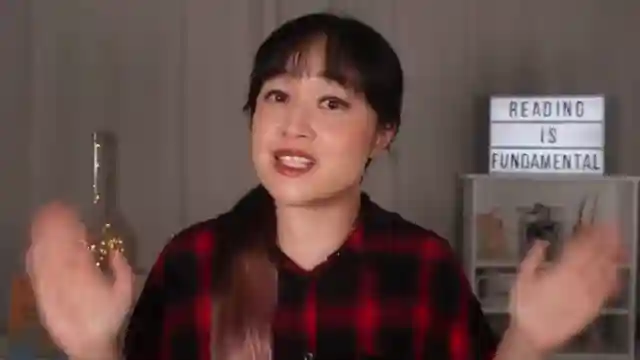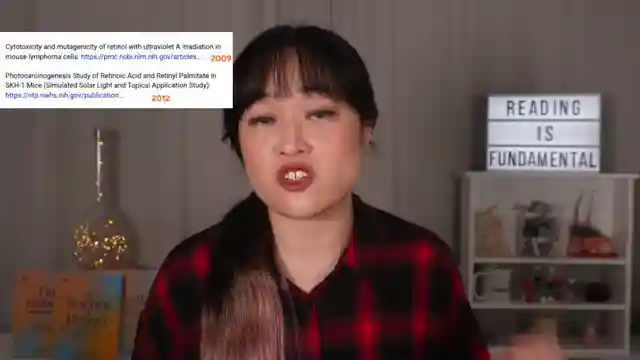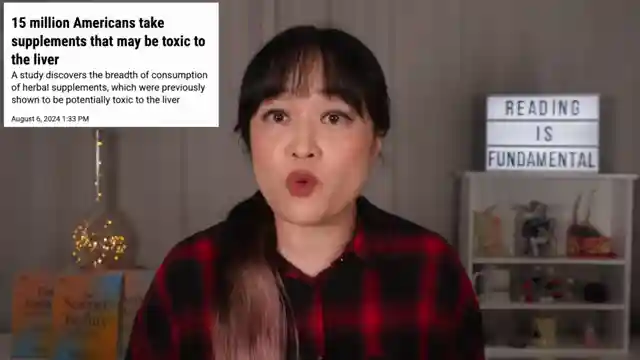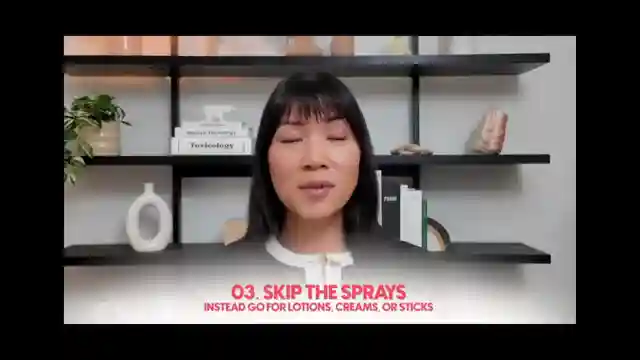Sunscreen Secrets: Harmful Ingredients, DIY Alternatives, and Sun Protection Tips

- Authors
- Published on
- Published on
Lab Muffin Beauty Science uncovers the dark side of sunscreens, revealing how common ingredients can harm rather than protect. Michelle, the chemistry PhD and skincare enthusiast, debunks myths and advocates for a DIY sunscreen approach. Dr. Yvonne Burkart, a seasoned toxicologist, sheds light on the dangers of certain sunscreen components linked to hormone disruption and accelerated tumor growth under sunlight. The team emphasizes consulting toxicology experts and scrutinizing scientific studies to separate fact from fiction in the sunscreen debate.
Furthermore, the experts challenge conventional beliefs about sunscreen efficacy, stressing the importance of lifestyle sun protection strategies alongside sunscreen application. They advocate for avoiding peak sun hours and consuming antioxidant-rich foods to combat oxidative stress and reduce UV-induced skin damage. In debunking the notion of antioxidant supplements as a sunscreen alternative, the team highlights the biological importance of oxidation and the potential risks associated with natural supplements.
Moreover, the team delves into the realm of mineral sunscreens, recommending non-nano zinc oxide products for their UV-blocking properties. However, they caution against the heavier feel and limitations of mineral sunscreens compared to chemical alternatives. By providing evidence-backed options like tomatoes and leafy greens, the experts offer practical insights into enhancing sun protection through diet. Lab Muffin Beauty Science's thorough analysis challenges traditional sunscreen norms and encourages a holistic approach to sun protection.

Image copyright Youtube

Image copyright Youtube

Image copyright Youtube

Image copyright Youtube
Watch Reacting to toxicologist Yvonne Burkart's sunscreen "lies" on Youtube
Viewer Reactions for Reacting to toxicologist Yvonne Burkart's sunscreen "lies"
Comment praising the importance of the work as a science educator
Criticism of the "clean beauty" movement and its influence on people's fear of chemicals
Appreciation for debunking misinformation and promoting critical thinking
Concern about the promotion of harmful lies by someone with credentials
Request for a video on the toxicologist's baby products videos
Relief that the toxicologist's claims were confirmed to be off
Personal experience with falling into the "clean beauty" movement and the stress it caused
Questioning if the content creator is financially reimbursed by groups with a financial interest in maintaining the safety of controversial skincare components
Appreciation for educating the audience and making evidence-based decisions
Suspicions regarding the financial motivations behind the video series
Related Articles

Top Viral Skincare Products Reviewed: Exfoliation, Makeup Removal, and Soothing Hydration
Lab Muffin Beauty Science reviews viral skincare products from Stylevana, featuring innovative ingredients like sponge spicules and fermented centella extract. Discover top picks for gentle exfoliation, effective makeup removal, and soothing hydration, all tested for safety and reliability.

Sunscreen Secrets: Harmful Ingredients, DIY Alternatives, and Sun Protection Tips
Lab Muffin Beauty Science exposes harmful sunscreen ingredients and advocates for DIY alternatives. Experts discuss the importance of lifestyle sun protection strategies and debunk myths about antioxidant supplements. They recommend mineral sunscreens with non-nano zinc oxide while providing evidence-backed options like tomatoes and leafy greens for enhanced sun protection.

Skincare Innovations: Red Light Masks, Spicules, and Vitamin C Updates
Lab Muffin Beauty Science explores skincare innovations like iRestore's red light mask, spicules in VT Reedle shot, and updates on vitamin C formulas. Discover the latest trends and safety considerations in skincare technology.

Unlocking Hair Protection: Receipt Experiment Reveals Product Efficacy
Lab Muffin Beauty Science tests heat protectants on receipts to determine effectiveness. Water, alcohol, and surfactants impact color changes, revealing insights into product efficacy for hair health.
